Featured SalmonState Column

A Tale of Two Salmon
Bristol Bay’s sockeye run began breaking records in 2018. The same year, Chignik, which is on the other side of the Alaska Peninsula, failed to meet its minimum escapements for the first time in recent memory. Now, Chignik’s residents and fishermen are working to address and bring attention to these unprecedented declines, and to save their way of life.
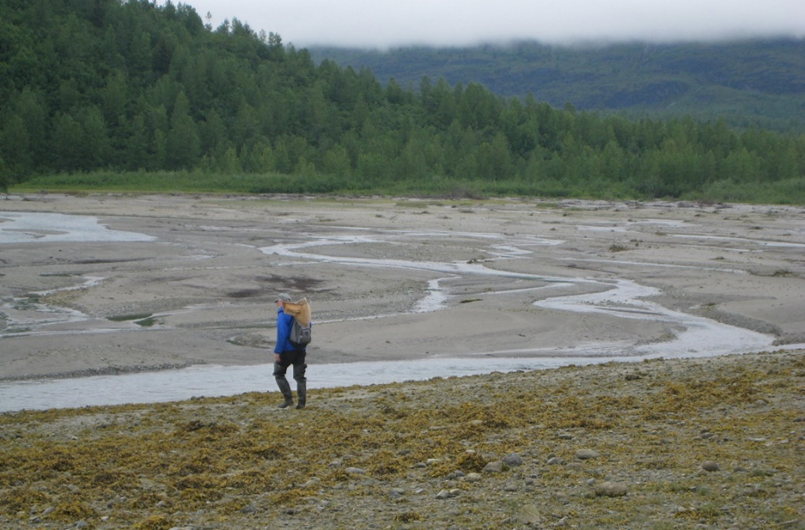
“Massive ecosystem transformations” from glacier retreat mean new salmon habitat — and new challenges — for wild salmon
Alaska is about to get thousands of miles of new salmon habitat — and how we manage that habitat will have long term implications for the salmon that find it. By the year 2100, melting glaciers will open up new watersheds containing thousands of miles of salmon habitat across Alaska and the Pacific Northwest, according to an aptly titled scientific paper, “Glacier retreat creating new Pacific salmon habitat in western North America,” out recently in the journal Nature Communications.

“Alaska’s untold secret” — the dividends paid by Southeast Alaska’s “Seabank”
Wild salmon. Clean water. Clean air. Carbon storage. Climate change mitigation. Tourism, commercial fisheries — and billions of dollars in economic benefit. Since 2018, the Alaska Sustainability Fisheries Trust (ASFT) has quietly published reports that upend managers’ historical ways of thinking about Southeast Alaska and the Tongass National Forest — and redefine priorities for management now and in the future.

A trip on the transboundary Stikine River
Each year, my partner Bjorn and I take a river trip. Parenthood (we have a two-year-old and a five-month-old) has also meant that we’re also thinking low-key. COVID meant we were dreaming of travel.
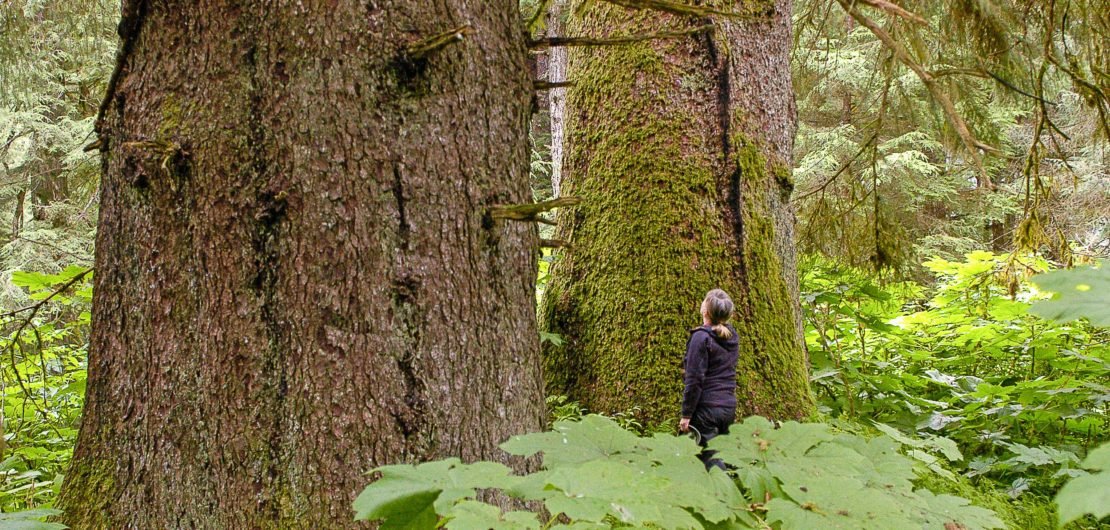
‘Tongass Odyssey’ explores decades of research, politics and change
In 1977, John Schoen flew to Hood Bay on Admiralty Island. He’d been hired as the first Southeast Alaska research biologist to study deer and this was his first trip into the field.
“Flying into the bay, looking at humpback whales and all the bald eagles in the trees… we got out of the Beaver, stepped on the beach and saw these huge, enormous brown bear tracks. And listening to the blue grouse, and the geese on the beach, I just thought ‘Man, I’m getting paid to do this? Unbelievable!’” he recalled.
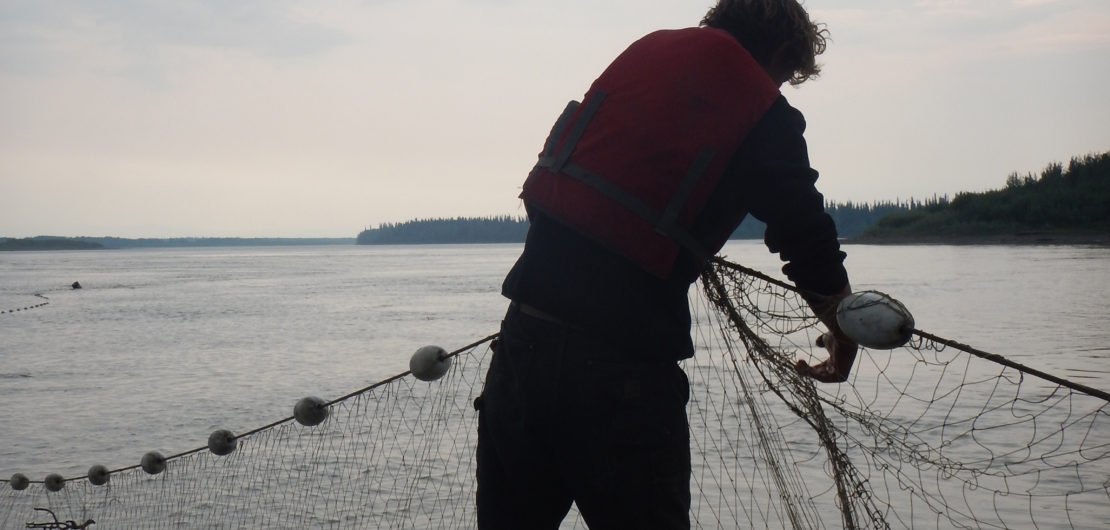
Why are Alaska’s salmon shrinking?
Alaskans who have fished for salmon consistently over the years know it: Alaska’s salmon, especially king salmon, are getting smaller. Now, a new study, published August 19 in the journal Nature Communications by lead author Krista Oke, a postdoctoral fellow with the College of Fisheries and Ocean Sciences at the University of Alaska Fairbanks; senior author Eric Palkovacs, Professor of Ecology and Evolutionary Biology at the University of California Santa Cruz; and an international team of co-authors, many of them also based in Alaska, delves into why that is — and what it means.
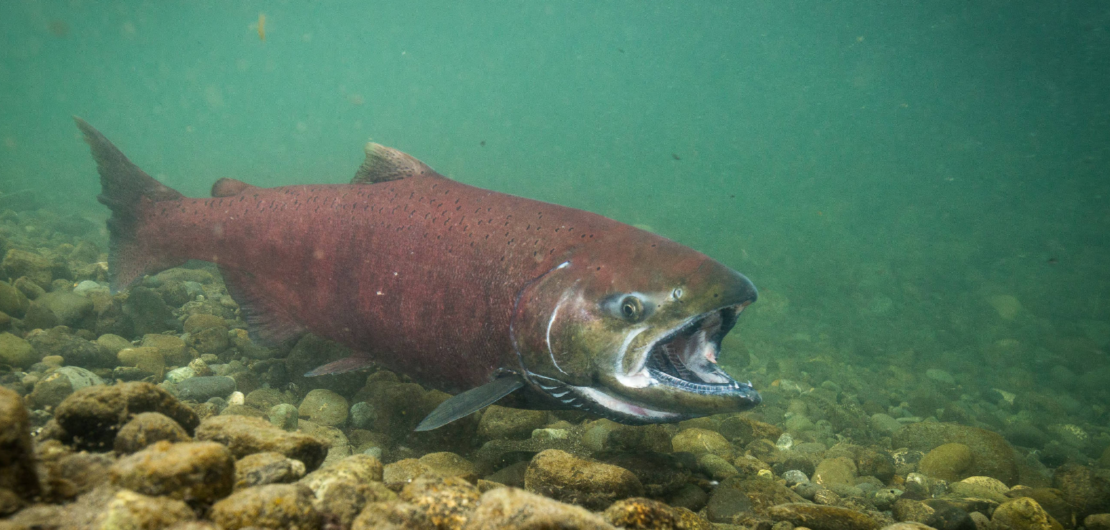
What climate change means for Alaska’s rivers — and king salmon
A new study has found that the answer to Alaska’s Chinook salmon decline lies not just in the ocean, but also in freshwater rivers and streams — and that climate change’s effects on Alaska’s freshwater systems are affecting king salmon.
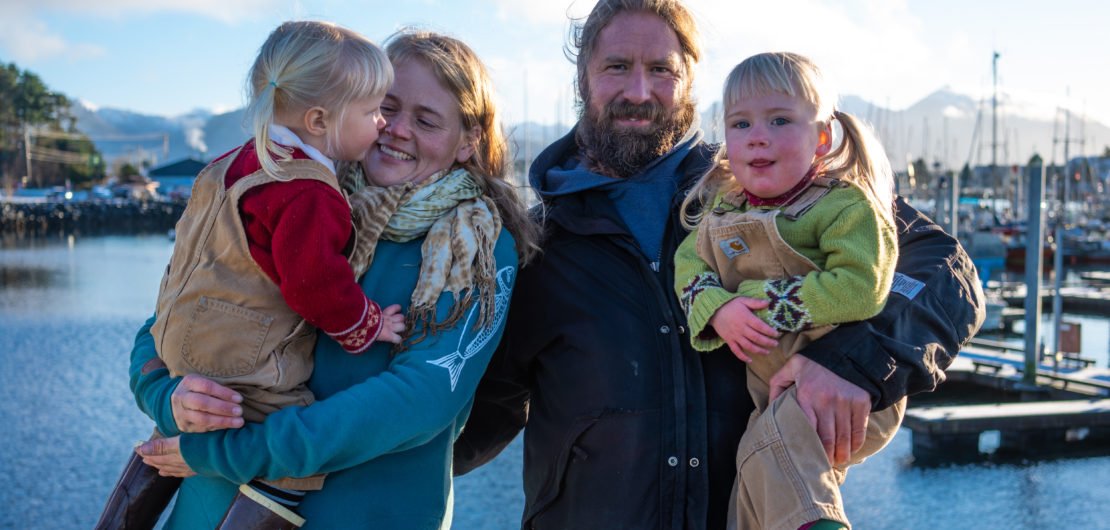
Connecting people to salmon during COVID-19
Some fast food restaurants in the Lower 48 have stopped serving hamburgers. Meatpacking plants have shut down. Grocery stores are frequently sold out of flour and rice. But Americans can buy Alaskan seafood directly from the fishermen who caught it — and, in increasing numbers, that’s what they’re doing.
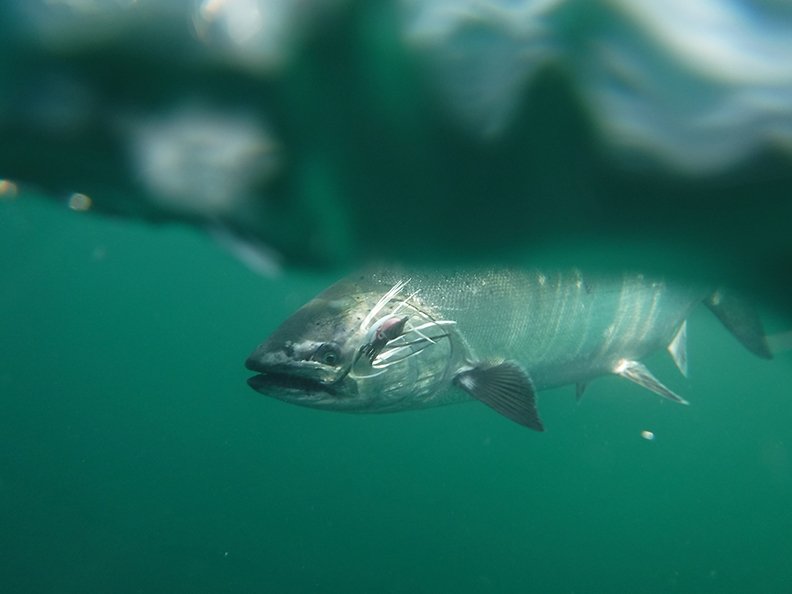
Finding peace of mind in Alaska
It’s the end of March, 2020, and so many Alaskans are in crisis. Villages closed to outside travel. Restaurants and “non-essential” business shut down. People who have lost their jobs, who can’t find work. The growing threat of the COVID-19 pandemic. And one of the most difficult things about this time of necessary social distancing is that if we, or our loved ones, are suffering, it’s harder, or impossible, to be with them and support them — except at a distance.
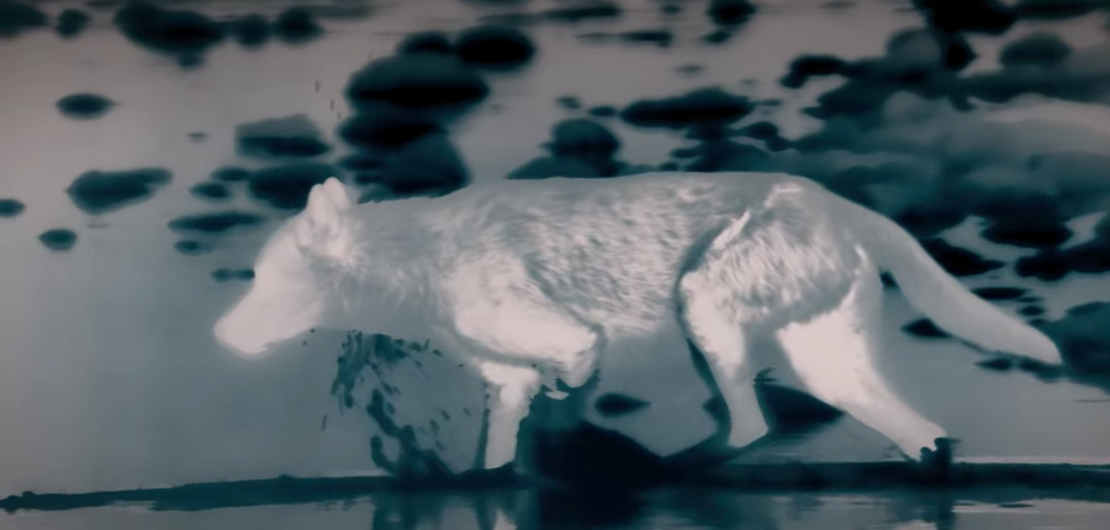
The salmon-eating wolves of Alaska: Tongass film shoot captures, for the first time on video, wolves catching salmon at night
It was past midnight one night in August, 2018 that the film crew and their Alaskan guides, out shooting for a Netflix documentary series called “Night on Earth,” found themselves sitting in the dark, surrounded by wolves.
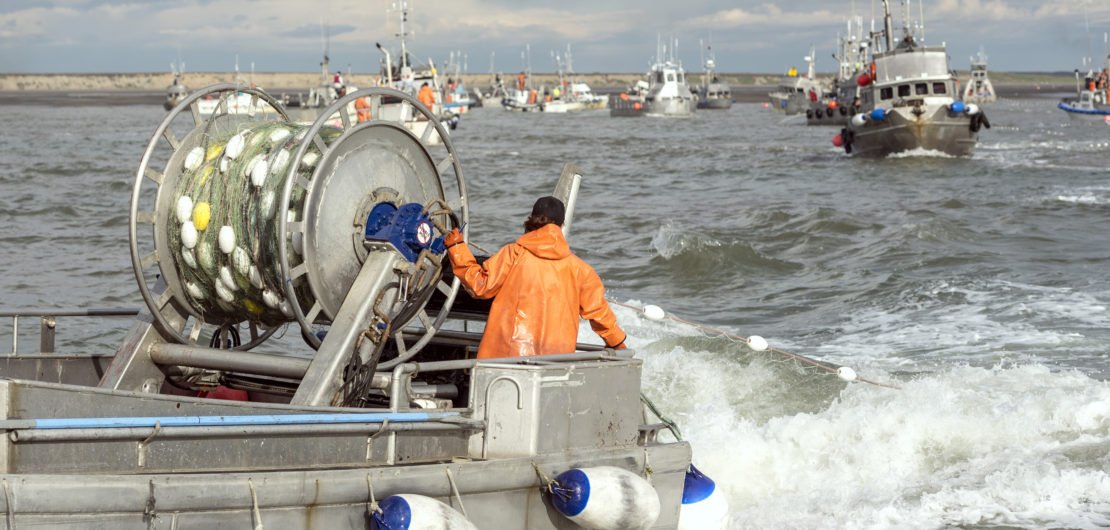
Fishermen catch 2 billionth sockeye salmon in Bristol Bay this year
In 2019, during the fishery’s 2nd largest harvest on record, Bristol Bay commercial fishermen hit another historic number: the 2 billionth sockeye salmon caught by commercial fishermen since record-keeping began in the late 1800s.
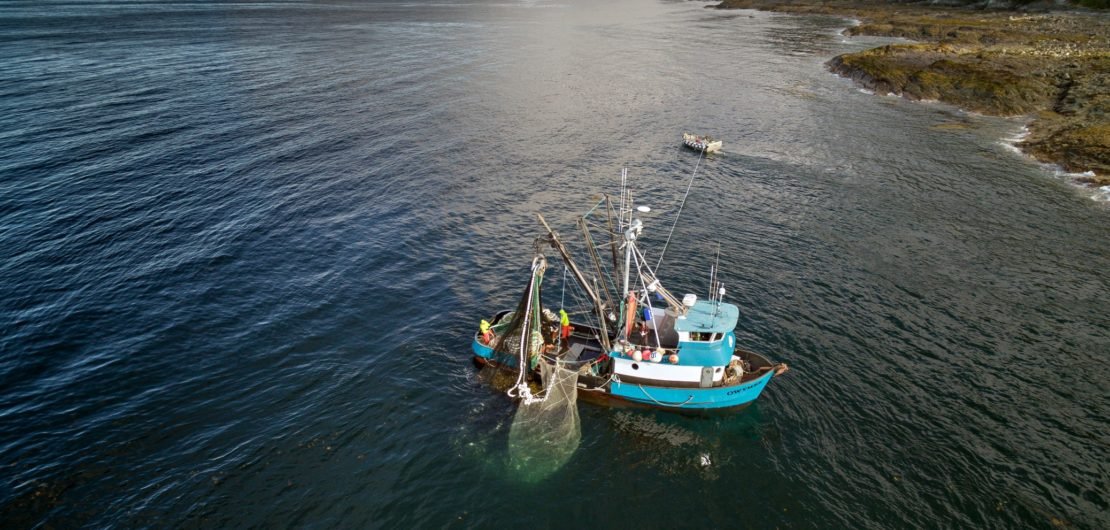
Working for free: What’s the dollar value of wild salmon produced by the Tongass and the Chugach?
Clean air. Clean water. Deer. Moose. Blueberries. Salmon.
Alaska’s Tongass and Chugach National Forests provide many different things to the people who rely on them for food, recreation or a living, but because the forests work for free, the value of the services they provide is sometimes hard to recognize. As part of a growing movement to figure out the dollar value of those forest “products,” however, scientists for the first time have estimated the value of the Tongass and the Chugach National Forests to Alaska’s commercial salmon industry.
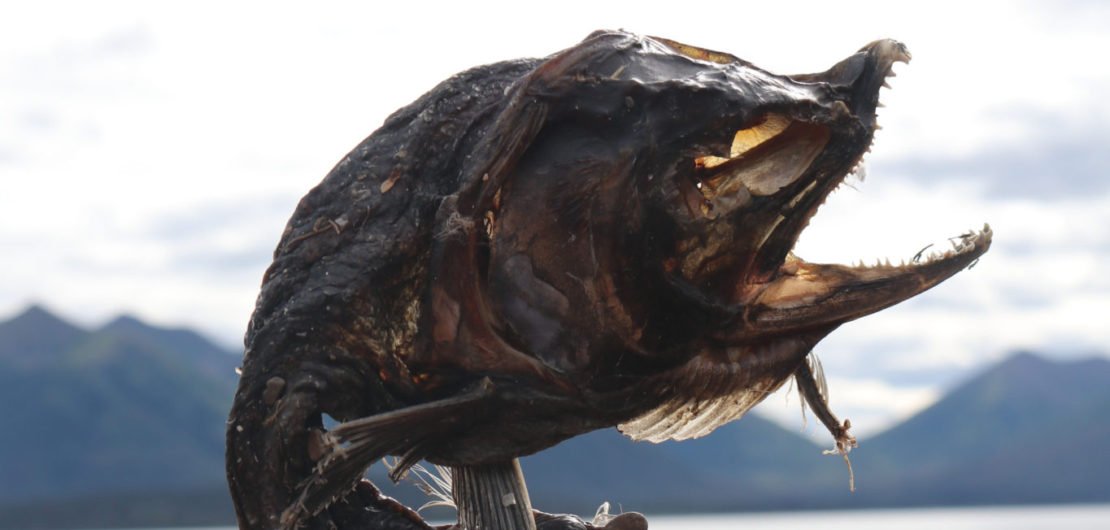
“Surfing the salmon wave” in Bristol Bay
By mid-August Bristol Bay’s river systems are choked with fish, but early July, when most of the bay’s sockeye salmon are fighting their way in from the sea, is another story. What’s a bear — or a grayling, trout or gull — to do?
The short answer is: start surfing.
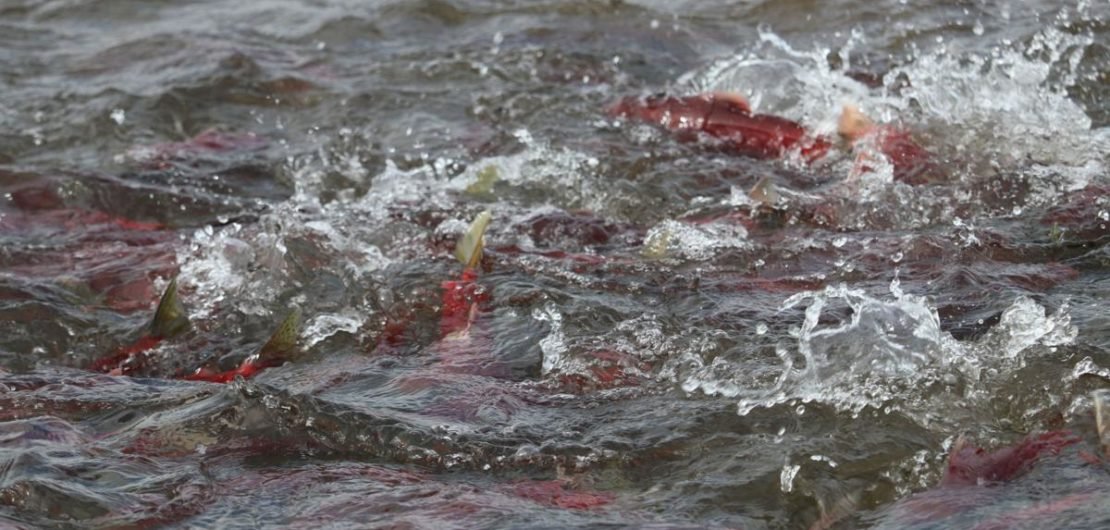
Upriver during a record year at Bristol Bay
As fishermen leave Dillingham and canneries shut down, the Wood River system in the Bristol Bay watershed brims with sockeye salmon.
The second week of August, I got to spend several days upriver. Sockeye schooled at the mouths of small streams off the lake system, their fins cutting through the water. They choked ankle to knee-deep streams more narrow than the width of your dining room table. Females dug redds in the same part of the streams they were born in, fighting off both other females and undesirable males. The bodies of those who arrived before them littered the banks, and as later fish dug redds, unearthed eggs floated downstream, snapped up by opportunistic rainbow trout and arctic char.
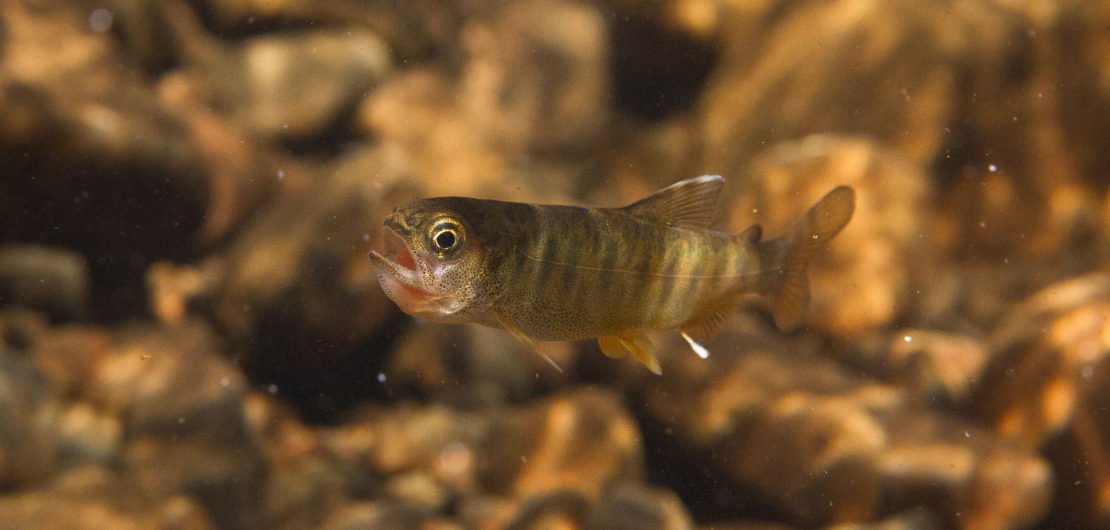
The impossible journey of the juvenile coho
Turns out finance and salmon survival have something in common: the importance of diversification.
As a PhD student with the University of Washington’s Alaska Salmon Program, Jonny Armstrong — now assistant professor at Oregon State University’s Fish and Wildlife Department — snorkeled the Wood River in the Bristol Bay watershed. He soon encountered a mystery: juvenile coho as much as a mile from the nearest sockeye spawning ground had sockeye eggs in their stomachs.

